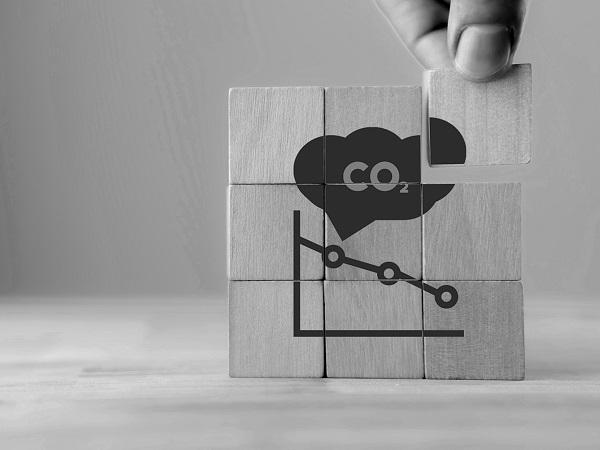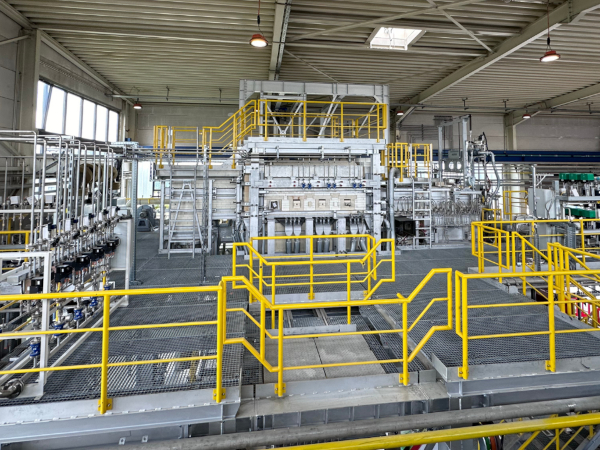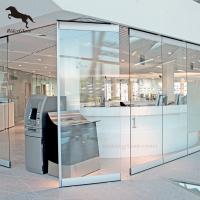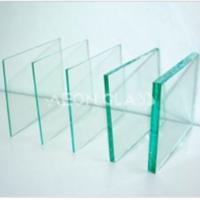
Date: 21 January 2022
A revision of the phase IV of EU ETS has become necessary to ensure the EU’s journey towards climate neutrality remains sustainable on the way to 2030.
The flat glass sector is massively investing to innovate its manufacturing processes and develop novel ways to lower its industrial emissions. Today’s high energy and carbon costs are impacting the flat glass industry’s capacity to make the investments required to deliver on the new EU 2030 CO2 emissions objectives.
In the framework of the EU ETS revision , it is Glass for Europe’s belief that the following elements are necessary to help the realisation of the sector’s 2050 vision:
- Ensure that the revised EU ETS is anchored with industrial and economic realities to continue to serve as an effective incentive to CO2 emission reduction,
- Offer well-calibrated support to continuous research and development programmes in new technologies to reduce CO2 emissions,
- Uphold Europe’s high-efficiency and low-carbon flat glass production base with an adequate protection against the risk of carbon leakage,
- Maintain clear boundaries between the EU ETS and the new Emissions Trading Scheme for buildings and transport.
Read Glass for Europe position paper “A cautiously upgraded EU ETS directive”
 600450
600450




















Add new comment